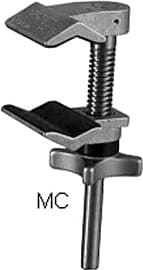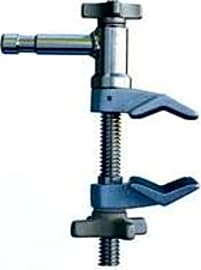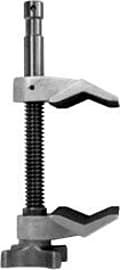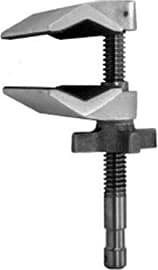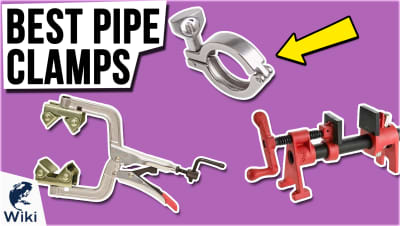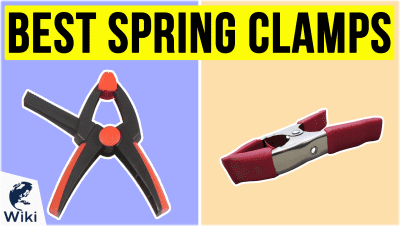The 6 Best Cardellini Clamps

This wiki has been updated 21 times since it was first published in July of 2019. Whether you’re hanging a light bulb from a narrow ceiling pipe or propping up a piece of film equipment on a C-stand, these handy vises can help you support a variety of objects without having to use brackets or damage any surfaces. While all Cardellini clamps are constructed from high-quality materials, they vary with respect to the unique features they each incorporate into their designs. When users buy our independently chosen editorial choices, we may earn commissions to help fund the Wiki.
Editor's Notes
September 03, 2019:
To clarify, Cardellini is a brand name of clamps, not the name of a particular type of machining technique, or anything else. Steve Cardellini invented his clamps in response to his frustrations about the inability of jaw faces on clamps in the 90’s not being able to stay parallel to each other during use. While the first few Cardellini prototypes were made entirely from stainless steel, nowadays, the jaws and mounting pins are typically made from aluminum, while the threaded shaft is made from steel.
The product line is relatively simple to understand and models utilize a ‘number + letter’ abbreviation, with the number signifying the size of the jaw capacity in inches, and the letter signifying a design feature. For instance, the 3C model refers to a center-jaw (C) construction with a 3-inch jaw capacity; the 2E is an end-jaw (E) construction with a 2-inch jaw capacity, and; the 2R is a right-angle design feature (R) with a 2-inch jaw capacity.
Models can either have center-jaw or end-jaw construction, with both having their advantages. The center jaw is stronger, but has mounting limitations because the shaft can get in the way when the vise is not opened to its maximum capacity. Load-bearing pins are another variant among models, although most models include the 5/8” baby pin. Differentiating by quality is hard, since quality is very good and relatively consistent across the range of Cardellini models, and the manufacturer generally prioritizes quality over cost-savings; although certain model features naturally emphasize (like the center-jaw vs. end-jaw construction, for instance).
With that being said, I’ve tried to include as varied a range of products as possible in order to highlight differences and to give you a number of options to satisfy your end purposes. The two standard (original) clamps are the 2C with baby pin and 2E with baby pin. I’ve favored the 2C slightly, since it’s a stronger construction, and I don’t feel like the space-saving design of the 2E is a huge merit unless the space in question is really so tight that the shaft actually gets in the way. With that being said though, the 2E does have it’s uses.
For something larger with a baby pin, you may want to consider the 3C model, which has a 3” jaw width for thicker mounting surfaces. Beyond that, Cardellini has larger models, but these are generally only useful in very unique applications since most mounting surfaces are below 3 inches. Note that the baby pin - a 5/8” pin with a groove – is a common mounting mechanism. The MC is another nice application-specific variation for instance where you may use a smaller 3/8” mounting pin for lighter audio and camera equipment, the MC standing for Mini Clamp. Cardellini mini-clamps are actually categorized as a separate branch of products from the regular clamps and the company manufactures a variety of application-specific MC’s.



